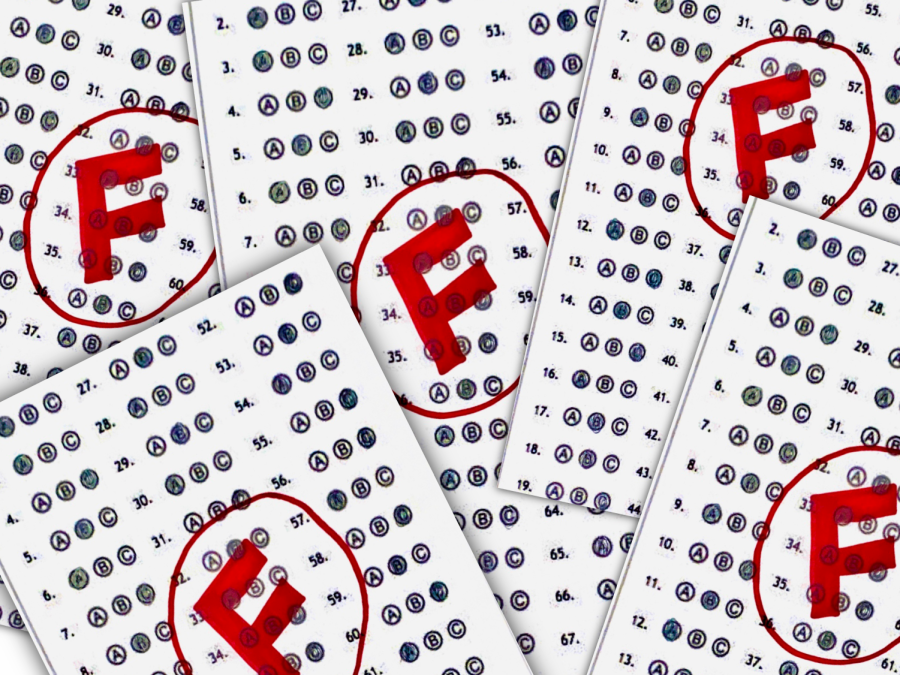Low Test Scores: Who’s to Blame?
When the majority of a class gets a failing grade on a test, it can be frustrating for both professors and students. Identifying the potential variables of low test scores allows for a better understanding between both groups.
November 8, 2022
The Issue:
Bridgewater, Va.- The worst feeling is getting a test score back and realizing you failed. However, even more frustrating is when you learn the class average was a failing grade as well.
In a class of 20, it is hard to believe that all 20 students slacked off or did not study the material. A few outliers may bring the average down, but when the majority of students fail the same test, it makes you wonder what is at fault.
From a student’s perspective, when a test average is a failing grade, it is less of a reflection of the students, and more of a reflection of the course, test or professor.
There are many possible factors to a low test average, rather than blaming a student’s study habits, test taking ability and level of dedication to the class.
First, the course could be flawed in a way that prevents students from performing at their peak capability. Whether the course’s pace is too rushed, or the content is too advanced for the class’s level, it is not always exclusively the students’ fault when the test average is low.
Furthermore, the test itself could play a role in low averages. As a student, how many times have you turned in a test and known for a fact that there was content on it that was not covered in class lectures, readings or notes?
Not only this, but if tests are worded in ways that are intended to trick you, it reflects less of a student’s knowledge of the content, and more in their ability to interpret complex wording.
It is understandable that some professors may set high standards for their classes, but if they do not teach up those standards to the students, they may also be responsible.
The Counterargument:
Some people may argue that low test scores are intentional, as they are a small part of the overall grade in a class.
Even if this is true, for some students, a poor grade on an assignment can be detrimental to their self-esteem. This is called academic validation.
Academic validation is the idea that a student’s standards are raised so high that the achievement of a goal may be impossible. It is about the way others perceive your intelligence and deem you worthy of praise.
Also, according to Kansas KVC, academic stress leads to a greater chance of developing anxiety and depression.
With this in mind, professors that expect low averages on their tests could have a bigger effect on student mental health than some people realize.
The Solution:
There are several ways to avoid low test averages, including defining test standards, assignment-based courses and empathizing with multiple variables.
As a student, I always appreciate exam study guides that list the covered content. Despite diligent note-taking and organization, it can be impossible to know exactly what your professor is looking for on a test.
Exam study guides and open communication between professors and students are both examples of ways to define test standards.
Also, assignment-based courses are a favorite among students. Reflecting on my past three-and-a-half years as a college student, I retained more from courses that were assignment and project heavy compared to those that were test heavy.
Assignments give students hands-on experience in the field, while tests observe a student’s memorization and lecture comprehension.
Finally, empathizing with a variety of variables helps students and professors understand each other better.
Students should understand that professors are passing on their knowledge and experience as best as they can, and professors should understand that students cannot immediately be blamed for low scores.
The Bottom Line:
The main objective of college should be strengthening a student’s professional portfolio and creating an engaging and effective learning environment. Low test scores threaten the student’s position in the course and can be caused by a myriad of variables.
Ultimately, college should be challenging and rigorous, but also give students a fair shot on every test.























































